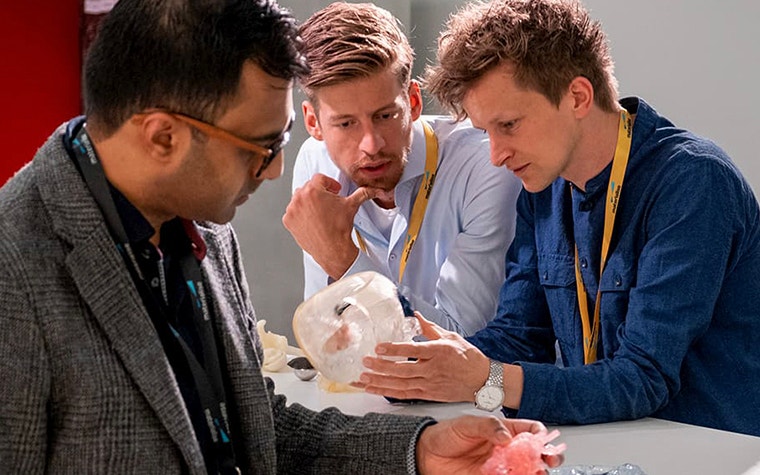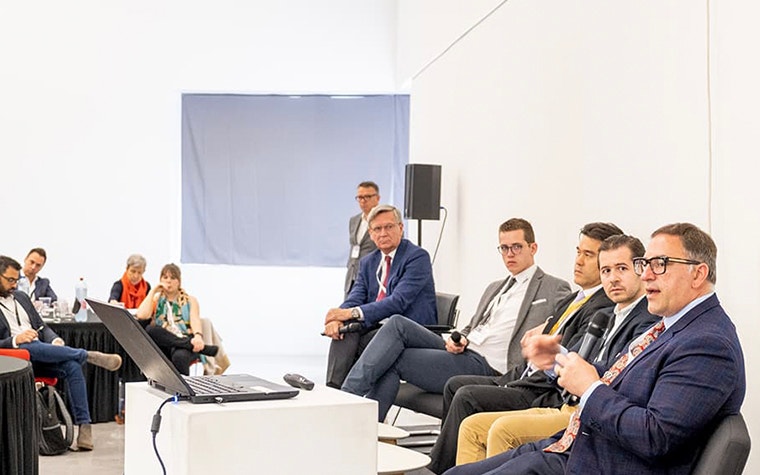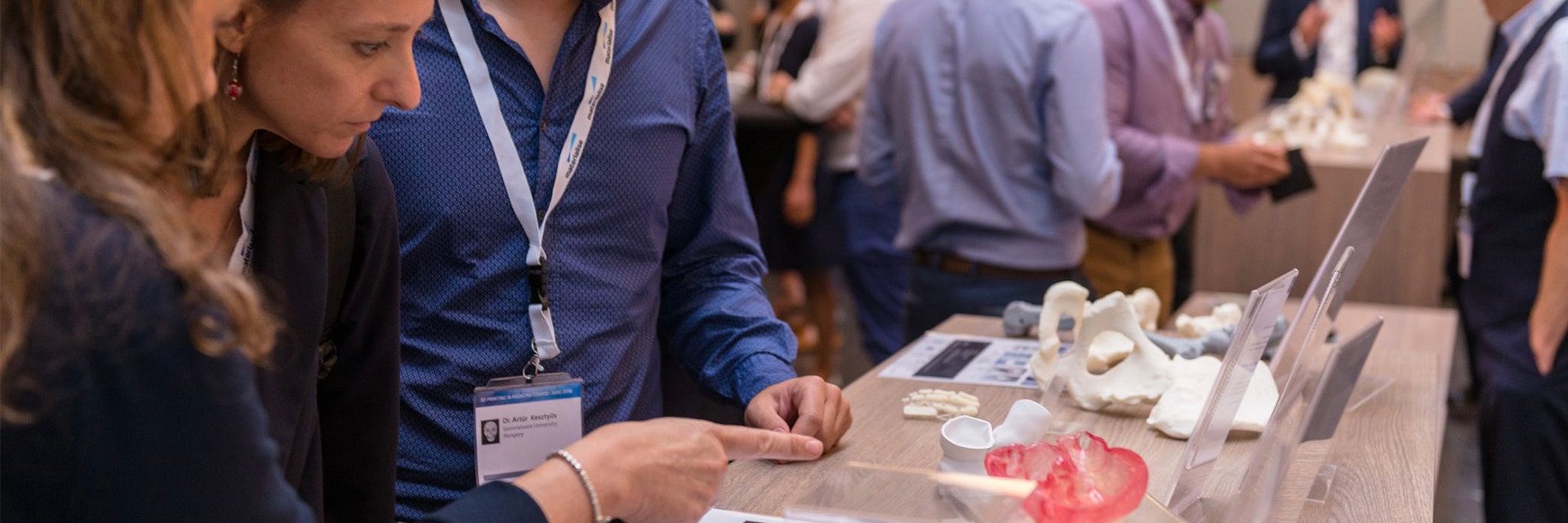EXPERT INSIGHT
Why Hospitals Turn to Point-of-Care 3D Printing

Why are more hospitals turning to point-of-care 3D printing? More haptic perception, fully integrating with electronic medical records, and talking to patients without the use of screens are just a few reasons. discussed at the 3D Printing in Medicine Course The event at the M Museum in Leuven, Belgium, on June 13 and 14, 2019, brought together clinicians, medical imaging specialists, engineers, and other experts to share learnings, findings, and cases to further the field. These are the people integrating point-of-care 3D printing into patient care, turning medical imaging data into anatomical models into hospitals and finding new ways to use the technology to benefit patients.
We have made great progress, but still a lot needs to be done, according to the event’s keynote speaker, Dr. Jonathan Morris from the US’s Mayo Clinic. Last year alone, the Mayo Clinic produced over 3,000 3D-printed anatomical models. This is the realization of Dr. Morris’ dream, having printed the first model at the hospital 12 years ago.


More haptic perception
As the Director of the Mayo Clinic’s Anatomical Modelling Lab and as a neuroradiologist, Dr. Morris has seen a plethora of benefits by printing personalized models. He has seen that the models require less mental gymnastics as surgeons are able to hold the models in their hands and think through the procedure in a more thorough way before entering the operating room (OR).


Even experienced surgeons that he works with request 3D prints so they can gain insight that they wouldn’t be able to otherwise. Plus, when it comes to surgical prep, doctors can prepare implant placement pre-procedurally. This ultimately saves valuable time and money when the cost of OR time can exceed $100 per minute.
He also appreciates that models enable more direct communication between physicians and patients. With the increase in digital technology in medicine, doctors and patients are looking at computer screens to go over a diagnosis and treatment plan. With the model in hand, the two sides are able to discuss in a way that is more interactive, and that Dr. Morris thinks leads to more informed consent as the patient can gain deeper insight.
Allen curve
One of the major benefits that Dr. Morris has seen by printing in-house instead of outsourcing has been that it increases the volume of models and specialties that can benefit, which ultimately leads to better care for more patients. He believes this is true to the Allen curve theory, which says that there is an exponential drop in frequency of communication between engineers as distance between them grows. Dr. Morris thinks that the proximity between the 3D printing lab and surgeons is important as communication and the use of models increases as the lab is moved in-house.


Many other benefits to printing at the point-of-care were discussed by Dr. Morris and other presenters throughout the day. One of these being that by having the 3D printing lab in hospitals, they can fully integrate this information with their electronic medical records.
There are still areas for development that clinicians would like to see happen. At the event, there was excitement around the fact that CPT codes were recently approved by the AMA and CMS will also have a billing code to pay for 3D printing in the near future.
One major takeaway from the discussions is that to integrate a lab into a hospital, you have to be ready to overcome the silo structure and have people on-board who are willing to work in a truly multi-disciplinary method. To set up, Dr. Morris had two tips: be optimistic and open to learning from others.
“We started 3D printing at the point-of-care based on a clinical need,” Dr. Morris said. “We were able to expand because we didn’t have silos. We allowed surgeons to come with their problems and use 3D printing to solve their problems. That is how we really grew and we continue to expand because of clinical need.”
L-100521-01
Share on:
You might also like
Never miss a story like this. Get curated content delivered straight to your inbox.
